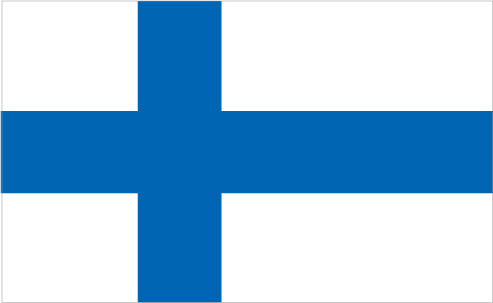
Finland was a province and then a grand duchy under Sweden from the 12th to the 19th centuries, and an autonomous grand duchy of Russia after 1809. It gained complete independence in 1917. During World War II, it successfully defended its independence through cooperation with Germany and resisted subsequent invasions by the Soviet Union - albeit with some loss of territory. In the subsequent half century, Finland transformed from a farm/forest economy to a diversified modern industrial economy; per capita income is among the highest in Western Europe. A member of the European Union since 1995, Finland was the only Nordic state to join the euro single currency at its initiation in January 1999. In the 21st century, the key features of Finland's modern welfare state are high quality education, promotion of equality, and a national social welfare system - currently challenged by an aging population and the fluctuations of an export-driven economy.
timber, iron ore, copper, lead, zinc, chromite, nickel, gold, silver, limestone
arable land: 6.65%
permanent crops: 0.01%
other: 93.34% (2011)
5,268,799 (July 2014 est.)
country comparison to the world: 119
Finn 93.4%, Swede 5.6%, Russian 0.5%, Estonian 0.3%, Roma (Gypsy) 0.1%, Sami 0.1% (2006)
Lutheran 78.4%, Orthodox 1.1%, other Christian 1.1%, other 0.2%, none 19.2% (2010 est.)
Finnish (official) 94.2%, Swedish (official) 5.5%, other (small Sami- and Russian-speaking minorities) 0.2% (2012 est.)
definition: age 15 and over can read and write
total population: 100%
male: 100%
female: 100% (2000 est.)
Helsinki
republic
6 December 1917 (from Russia)
Independence Day, 6 December (1917)